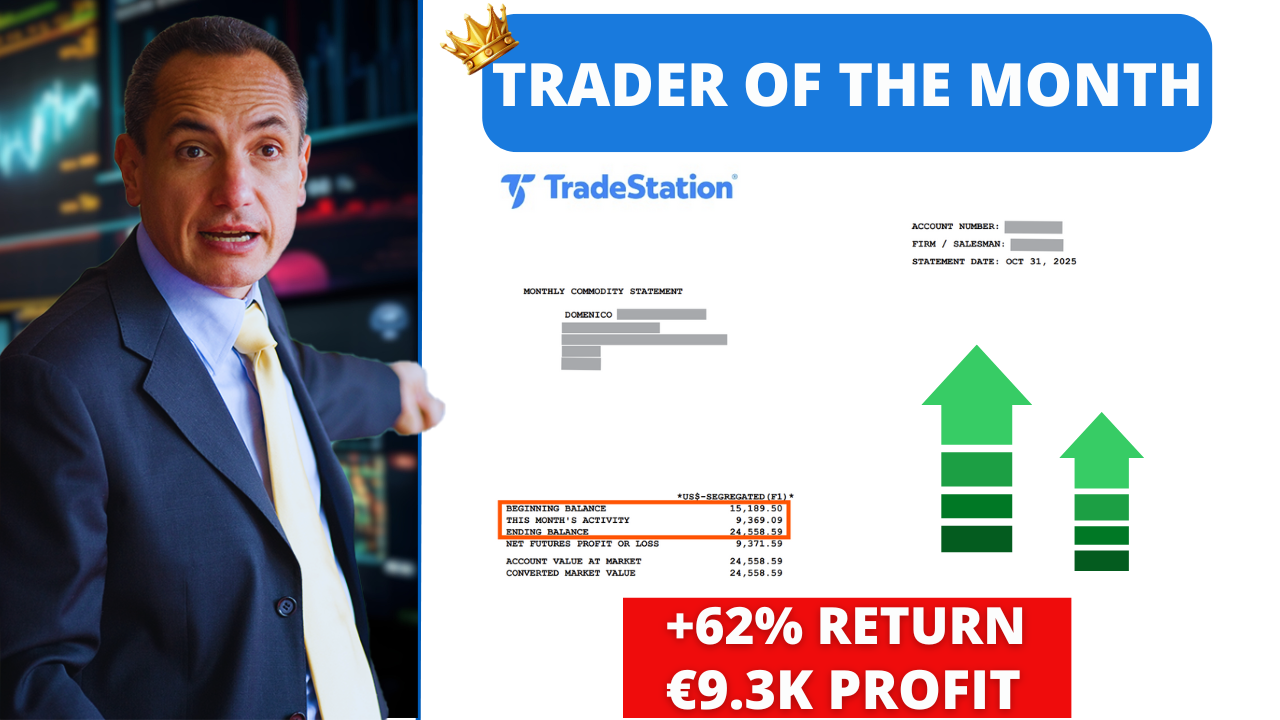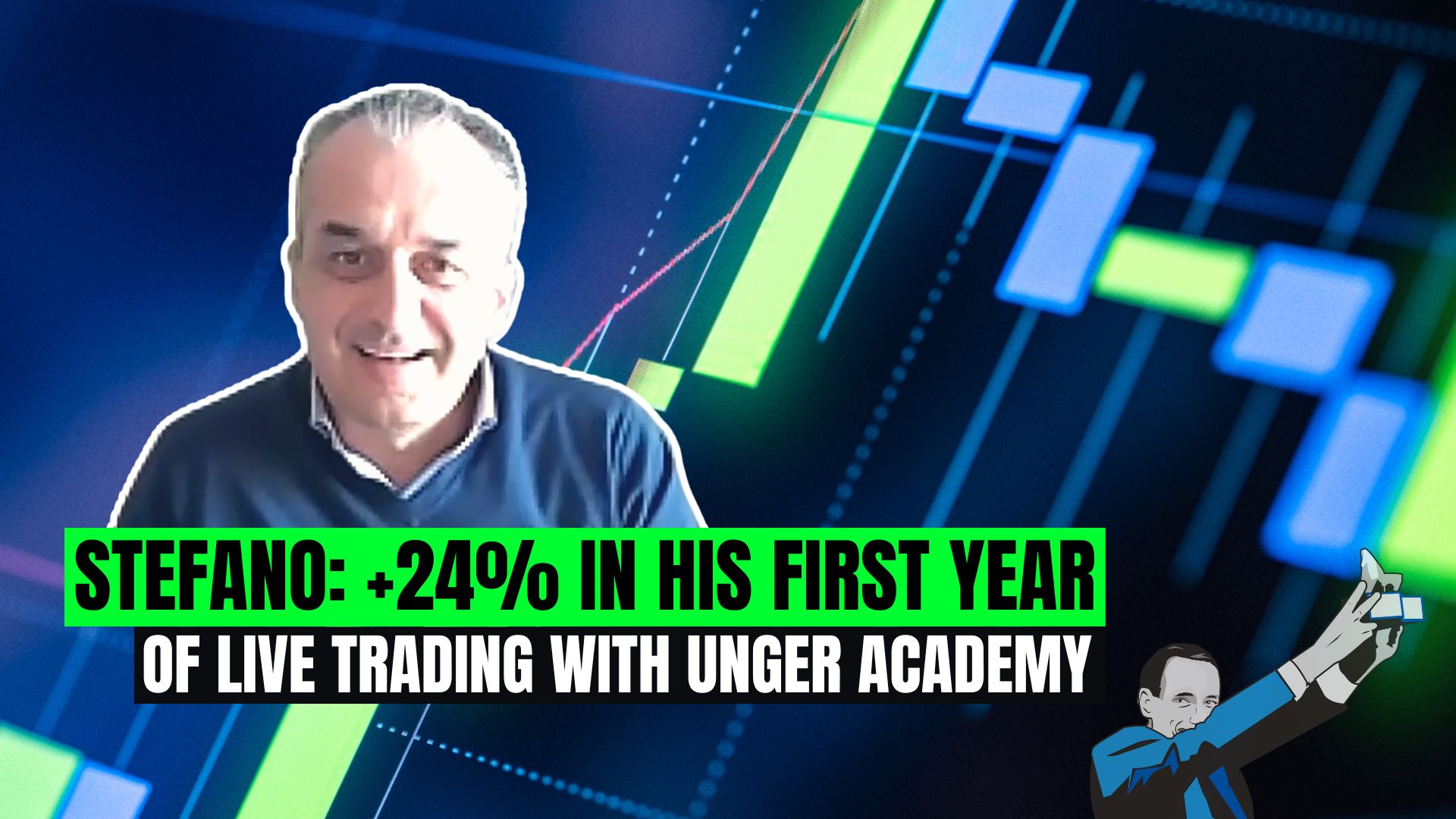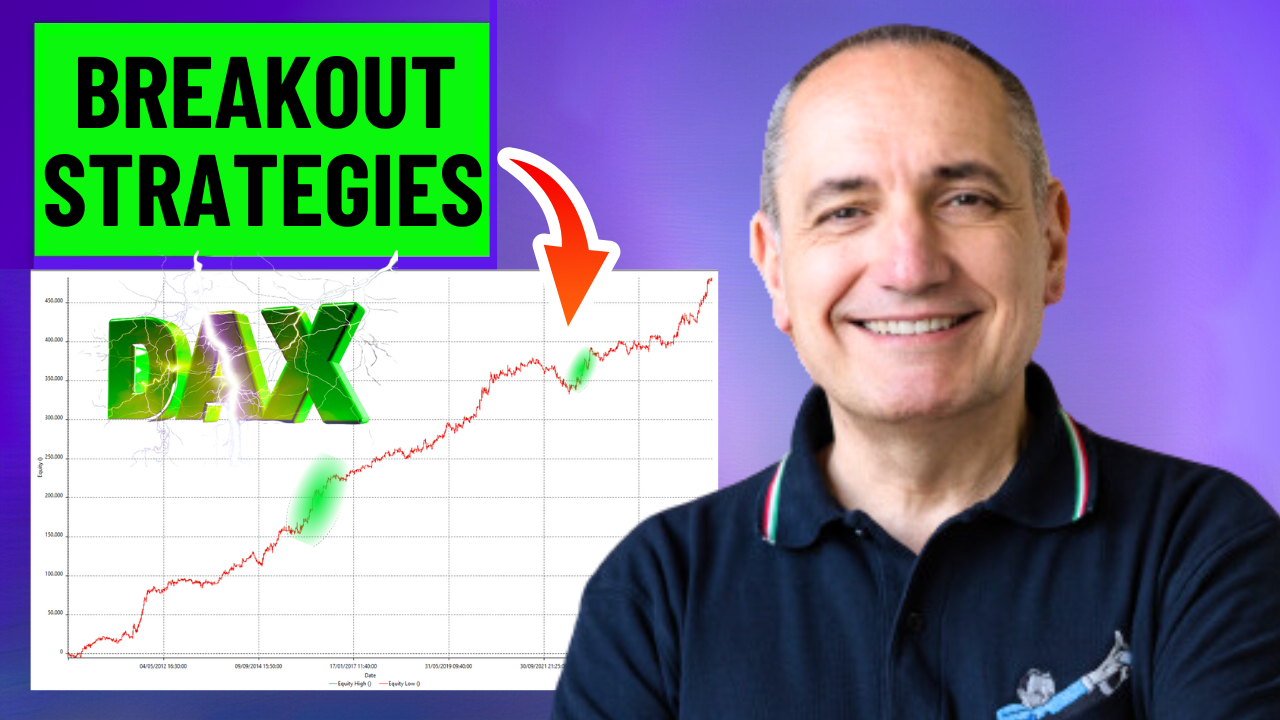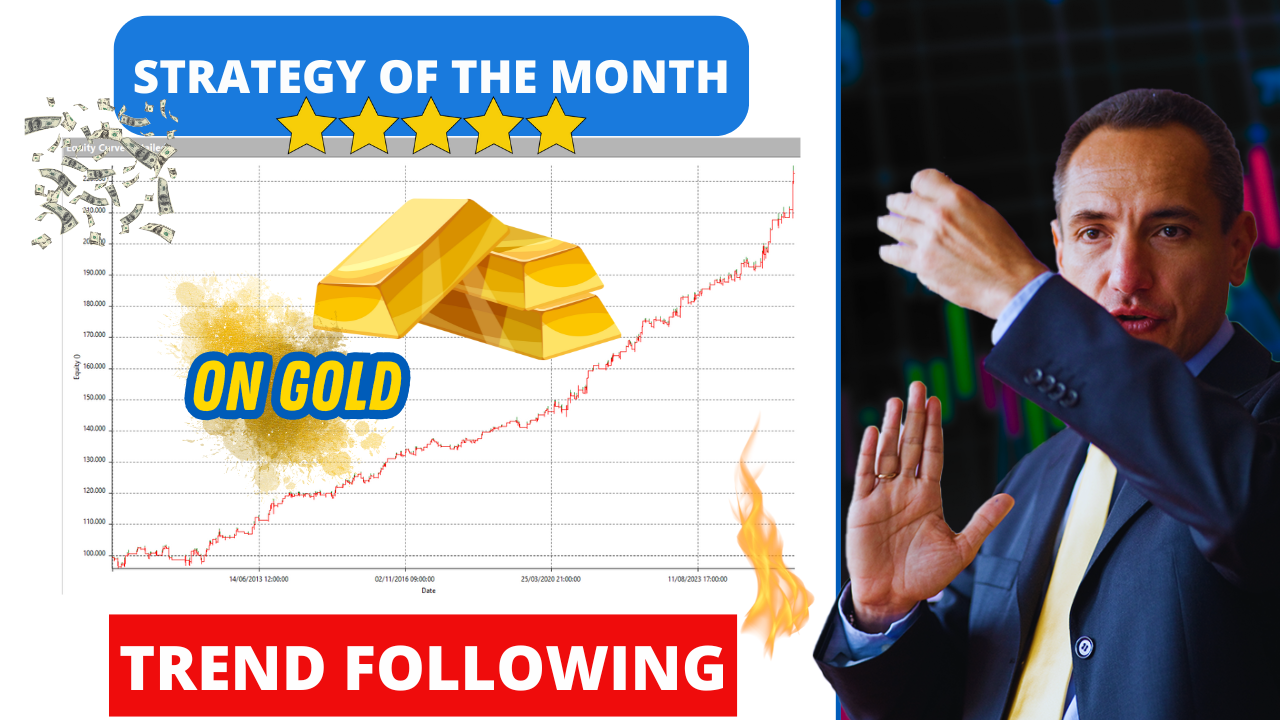Hi everyone! Today we’re talking about the main characteristics of the most widespread and best-known tool for reducing and limiting losses in both discretionary and systematic trading: the stop loss.
Hi guys and welcome to this new video. I’m one of the coaches of Unger Academy and today I’d like to talk about stop loss, which is the most widely used tool for risk protection in trading.
First of all, we can say that the stop loss, in all its ways, is an extremely important tool to protect our trading account from excessive losses and events that could seriously put our account at risk and lead us to burn our capital in a short time.
So let’s begin with our analysis of this trading tool. In this video, we’ll focus on these main points. So first things first,, we’ll explain what the stop loss is and what its function is.
The stop loss is a tool for the protection of your capital from excessive risk. In most cases, it can be very dangerous to use a strategy that has no stop loss, that is to say a strategy in which there are no threshold levels aimed at stopping the trades that are losing. Trading without a stop loss means risking all your capital in a single trade, which is certainly something not worth doing. Using a stop loss is extremely important, as it allows you to control the capital you risk with every position you open.
Let’s now see how this tool is used in discretionary trading and systematic trading. Generally speaking, discretionary traders tend to use significant levels of the market, such as the recent high, the recent low, and other key swing levels. Then, they may add a certain number of ticks of deviation to such levels in order to avoid the so-called “stop running” phenomenon.
However, it’s very difficult to use this kind of approach in systematic trading. In fact, it’s definitely not easy to explain to the computer – that is, from an algorithmic point of view – how to read the charts and find the correct swing points. For this reason, systematic traders generally prefer other types of stop loss. The most widespread ones are the fixed-amount stop and the “adaptive” stop. The former consists in setting as a threshold a fixed amount of money or ticks for each contract. This amount corresponds to the maximum quantity of money you’re willing to risk in each trade on a certain market. For example, if you don’t want to lose more than 2,500€ per contract on Dax, you can set a stop of 2,500€, which corresponds to a 100-point distance from the entry price of Dax. The amount is fixed and doesn’t adapt to any changes in the conditions of the market. This is the kind of stop loss I use in 99% of my strategies because for me, it’s important to have a threshold value that corresponds to the maximum amount of money that I’m willing to risk with each contract.
The other method used to set the stop loss in systematic trading is based on volatility. To use this kind of stop you need a volatility indicator, that is, an indicator that measures volatility, such as the Average True Range or the standard deviation. Then you can add or subtract (depending on whether entries are long or short) the value of the ATR or that of the standard deviation multiplied by a certain coefficient. The result of these calculations corresponds to the distance between the entry price and your stop level. This is certainly a valid option and even if I almost never use it, I know many good traders who use it with great results, so you can definitely consider it.
Talking about stop loss, it’s also important to mention some of the most common misconceptions about it. The most relevant one is the idea that you should always use tight stops, which in my opinion can be very dangerous in systematic trading. The reason is that in most trading platforms, the data is not sufficiently detailed to understand if the stop level is touched or not in the entry bar, and this may leadunrealistic backtest results and reports.
Moreover, even when you can make it work correctly, you generally don’t get any significant improvement in average trade, net profit, and drawdown, which are the main parameters we look at when we evaluate the validity of a strategy. Moreover, when you use tight stops in systematic trading, in most cases you get a significant decrease in the percentage of winning trades.
But there’s also another big problem. When we create our automated strategies, we should always make sure that they can adapt to changes in markets conditions, such as remarkable increases or decreases in volatility levels. A large stop in a market that becomes scarcely volatile is touched less often, so it’s not a big problem, in the sense that even if the stop loss threshold is higher than necessary, in conditions of poor volatility losing trades may not lose too much before they’re closed.
Problems arise when you have a tight stop loss in a market that becomes much more volatile. In fact, a much more volatile market will make consistently larger movements and, as a result, the stop loss level might be touched much more often. In this case, using a larger stop loss may give the system enough room to recover from losses and would prevent the trades from touching the stop threshold too often.
Finally, there’s another thing that we’ve noticed. We’ve often seen that there is a tendency not to accept the level of risk of each financial product. Let me explain. I often see traders who use tight stops in markets in which the trades need a lot of room to develop and recover from possible losses. Let’s make an example. Trading Dax with a stop loss of €1,000 or €500 is generally not a good idea, because Dax is a very volatile market. It normally expresses high monetary volatility and as a result, the trades on this market usually need a lot of room to function properly. So in these cases, it would be better to switch to other contracts such as the Mini Dax for example.
Let’s now talk about how to choose and evaluate the stop loss. As already said, the stop loss shouldn’t be either too tight or too wide. It is necessary to identity a proper stop loss level for each market also considering the time horizon of the strategy. If you want to build a seasonal strategy and I’m planning to stay in the market for some months, I’m going to need a wider stop loss because during the life of the trades I need them to develop a lot. On the other hand, if I develop an intraday strategy I don’t really need as much space to let the trades develop, which means I can use a tighter stop loss.
Generally speaking, when we optimize the stop loss in trading systems, we need to look for a stability area and pick the best-performing value within that area. This means that if you find a value that produces amazing results but that is immediately surrounded by values that perform much worse, you should avoid it and opt for another one that is instead within an area of stability. This is a great way to protect yourself from overfitting and, so, from the possibility of choosing a value whose excellent results may simply be random.
So guys, so this was a brief overview on stop loss. We have seen what it is and how discretionary and systematic traders generally use it. I’ve also told you how I use it in my trading systems, that is, as an absolute monetary value. Now it’s up to you to delve deeper into the topic. The stop loss is undoubtedly an extremely important element in trading. And for this reason, we deal with it extensively in our training programs dedicated to the Unger Method, in which we explain how to set the stop loss when building and evaluating your trading systems.
If you want to know how this method works, just click on the link you find in the description of this video. It’ll take you to a free webinar showing the basics of building trading systems and creating a well-diversified portfolio of automated strategies following the method developed by the only 4-time trading world champion Andrea Unger.
See you in our next videos dedicated to the most important elements in the world of trading systems.
Goodbye everyone!







